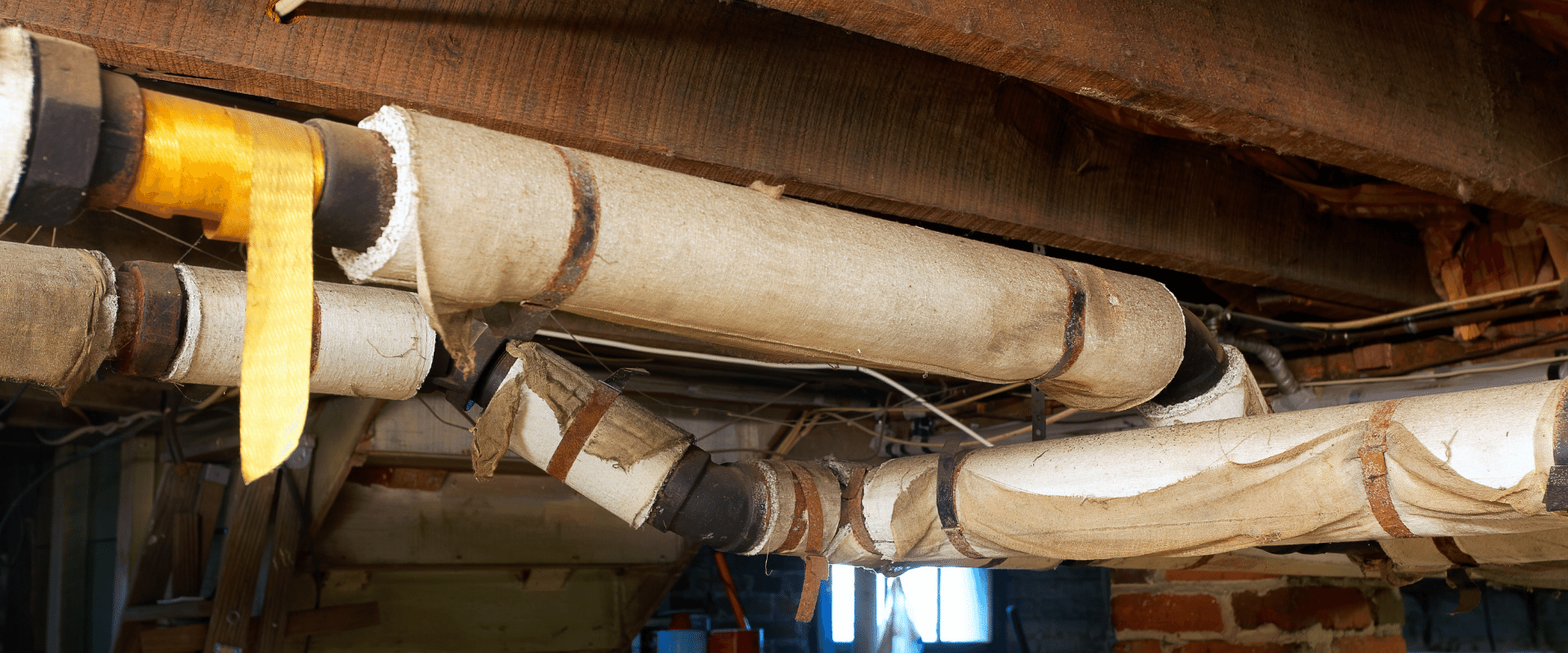The use of asbestos was recognized as a threat to health in the UK in the early 1900’s. It was a product that was used extensively on steam ships as gaskets and linings in the boiler room. It then found its way into construction of buildings and homes as a material that offered impressive insulation and heat resistance among many other uses. So why is asbestos dangerous?
The size of the problem
Despite the import and use of asbestos in the UK being completely banned since 1999, asbestos related diseases still cause around 5000 deaths each year. Around 20 tradesman die each week as a result of past exposure to the release of asbestos fibres.
What is causing these deaths?
Asbestos is not just a problem of the past. It can be present today in any building built or refurbished before the year 2000. When materials that contain asbestos are disturbed or damaged, fibres are released into the air. When these fibres are inhaled they can become lodged in the tissue and lining of the lungs causing serious diseases over the long-term.
It will not affect you immediately and you likely won’t be aware that you’ve inhaled any fibres as they are microscopic. It is because they are so small that they need something to latch onto, but once latched onto the soft lining inside your airway they are difficult for your body to expell.
The disease caused by the fibres often take a long time to develop (often in the region of 20 to 40 years), but once diagnosed it is often too late for a cure. The only way to protect yourself is to limit your exposure by being aware of the potential danger.
When was the use of asbestos banned?
Despite an awareness of asbestos related deaths as early as the 1920’s, it wasn’t until 1985 that the UK banned the import and use of blue (crocidolite) and brown (amosite) asbestos.
Finally in 1999 prohibition laws were passed to ban the import and use of any other type of asbestos in the UK.
However, prior to this, asbestos was used widely in building and housing construction in the 1930’s through to the 1980’s, including textured ceiling coatings that were popular in house building throughout the 1980’s.
As these buildings are now of an age where they are either being demolished or extensively refurbished then the reports of asbestos related diseases will continue to rise for many years before reaching a peak and gradually fading away.
ASBESTOS RELATED DISEASES
Mesothelioma.
Mesothelioma is a cancer which affects the lining of the lungs (pleura) and the lining surrounding the lower digestive tract (peritoneum). It is almost exclusively related to asbestos exposure and by the time it is diagnosed, it is almost always fatal.
Asbestos Related Lung Cancer.
Asbestos-related lung cancer is very similar looking to lung cancer caused by smoking and other causes. It is estimated that there is around one lung cancer for every mesothelioma death.
Asbestosis
Asbestosis is a serious scarring condition of the lung that normally occurs after heavy exposure to asbestos over many years. This condition can cause progressive shortness of breath, and in severe cases can be fatal.
Pleural Thickening
Pleural thickening is generally a problem that happens after heavy asbestos exposure. The lining of the lung (pleura) thickens and swells. If this gets worse, the lung itself can be squeezed, and can cause shortness of breath and discomfort in the chest.
BECOME ASBESTOS SAVVY AND PROTECT YOURSELF TODAY
Credit HSE asbestos website https://www.hse.gov.uk/asbestos/index.htm



